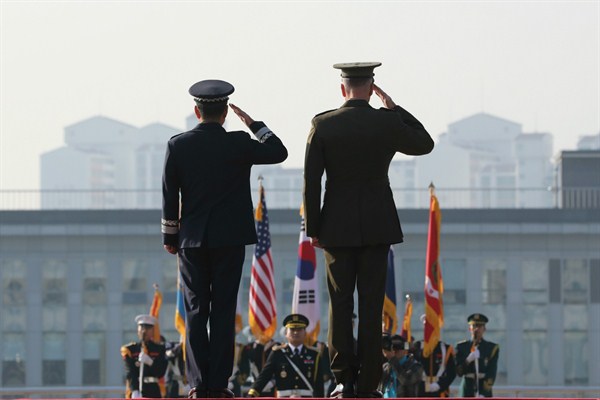It is the world’s most successful, most powerful and most popular security alliance. Considering the number of countries waiting to get in, the North Atlantic Treaty Organization seems to have even more admirers than it can handle. But it also has an unexpectedly prominent and powerful critic: the president of the United States.
As he has scolded NATO members over their defense spending and cast the alliance as a protection racket, Donald Trump has seemingly undermined an organization whose purpose and unity have rarely been questioned—and never before by an American president—since it was founded in 1949 as a bulwark against Soviet militarism.
Listen to Salvatore Babones discuss this article on WPR’s Trend Lines Podcast. His audio starts at 23:09.

